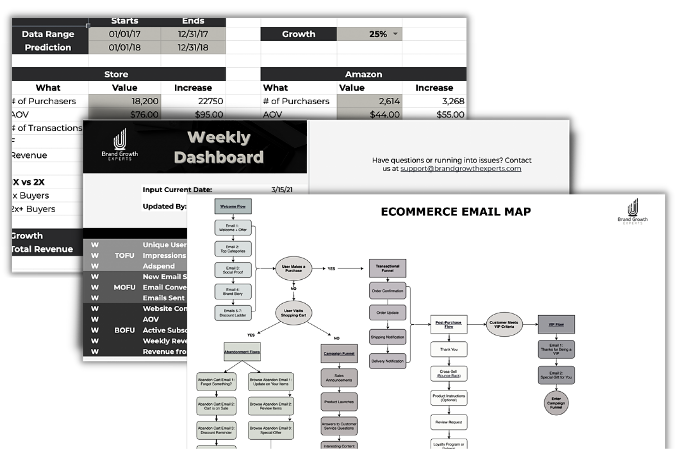141: What it takes to build & scale a $100M lifestyle brand with Jake Kassan
Do you want to know what it really takes to build a $100 million business and brand? Then this episode is for you.
Posted by: Austin Brawner on May 03, 2018
Founded in 1993, with a website that went live in 1996, Peepers has been going strong ever since.
In the last 10 years alone, they’ve grown by 900%.
John Hart joined the team five years ago and is now the Ecommerce and Operations Director.
Today he joins us to talk about how Peepers has continued to evolve, the marketing strategies they’re using, including why they find major value in Amazon, and how they’ve successfully approached wholesale.
Enjoy!
If you want to scale up fast, while remaining profitable, we can help. We’ve worked with hundreds of early-stage eComm owners to pour the fuel on their businesses and level up from 6-figures to unstoppable 7-figure success.
This isn’t just getting you set up with the latest FB ads strategy or email marketing. We’ll help you see the big picture on how you can build and scale a profitable company with the right systems in place.
Are you ready to make your first million? Click here and LET’S GO!

Enter your email to get our proven resources that will help you achieve massive growth without the burnout.